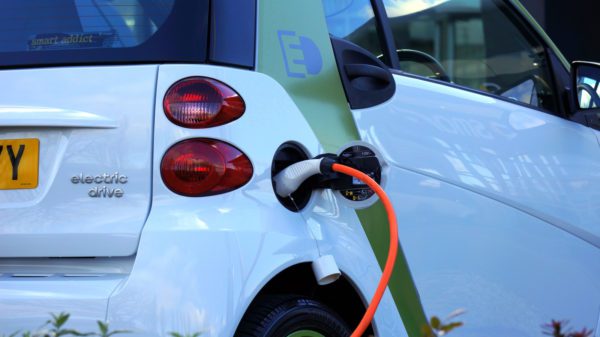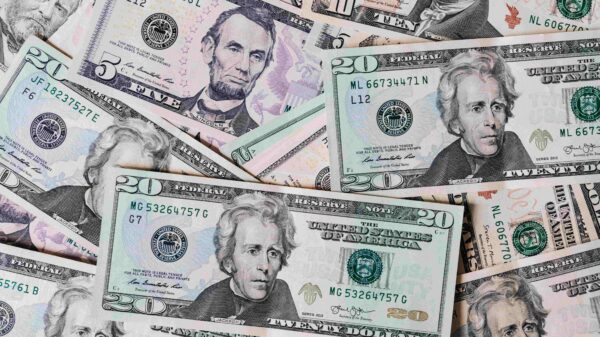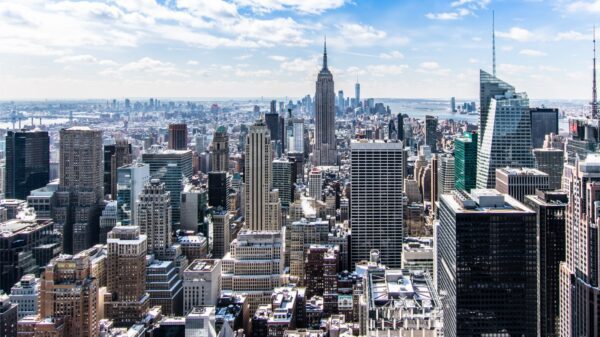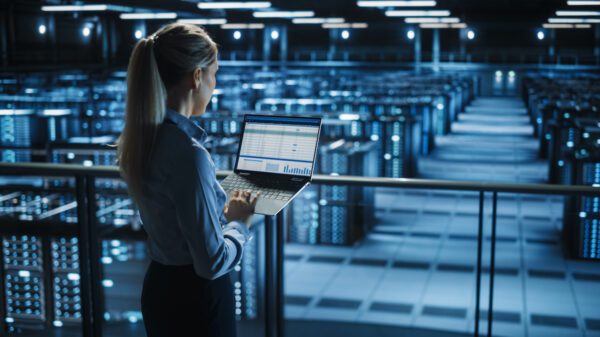In a move we haven’t seen in quite a while, an enormous bipartisan infrastructure bill was signed into law by President Biden on Monday. Of course, it is not the same one Biden proposed back in April due to essential compromises. Regardless, it is still a remarkable feat to have such a momentous plan passed with the support of both major parties. But do you know the specifics of Biden’s infrastructure bill?
If not, you’re not alone. According to a CBS poll, only 10% of Americans know many of the details, and 29% don’t know anything at all. The first thing to know is that two different infrastructure bills are floating around headlines these days: 1) this $1.2 trillion physical infrastructure bill that just passed, aka the INVEST in America Act, and 2) the unpassed human infrastructure bill, aka the Build Back Better (BBB) Act. So, it can get a little confusing. But don’t worry—In the meantime, we compiled a quick summary of the focus areas in the INVEST in America Act.
10 facets of Biden’s physical infrastructure bill
1. Public Transit
$39 billion of the $1.2 trillion is allocated to public transit. The government will use the money for various purposes, such as making stations accessible to all people, modernizing existing stations, expanding transportation systems, and allowing state and local governments to replace outdated buses with zero- and low-emission buses. In addition, over 24,000 buses, 5,000 railcars, 200 stations, and thousands of miles of train tracks will be repaired. They will also be investing $66 billion in Amtrack maintenance to eliminate its maintenance backlog—the biggest investment in Amtrack since its creation 50 years ago.
2. Clean Water
Biden’s infrastructure bill also includes $55 billion for clean water. Unfortunately, roughly 10 million American families—as well as 400,000 schools and child care centers—do not have access to safe drinking water, according to the White House. Toxic lead service pipes are still used in many American areas, both rural and urban, so the money ideally would eliminate them.
However, there was some controversy surrounding this aspect of the bill. AOC and five other Democrats voted against the infrastructure bill. AOC claimed that the bill carried a false promise to replace all lead pipes, which she believes is not the reality. She tweeted, “We shouldn’t promise all lead pipes will be fixed if that is not the case. Some will, most won’t.”
3. Protection Against Climate Change
According to the White House, 22 extreme weather events occurred in the United States last year, costing about $100 billion. As a result, the bill allocates $50 billion to disaster relief, including heat, floods, droughts, and other natural disasters.
4. Driving Tax Pilot Program
Some false claims circulated on the internet, saying Biden’s infrastructure bill has an “eight cents-per-mile” driving tax. The plan actually created a voluntary ”national motor vehicle per-mile user fee pilot,” where volunteer drivers would report how many miles they drive and pay taxes accordingly. They would be reimbursed, but the idea is that this money would go toward maintaining highways. Transportation Secretary Pete Buttigieg put forth this idea as an actual tax, but the bill only includes a voluntary pilot program.
5. Anti-Drunk Driving Mandate
Drunk driving kills approximately 10,000 individuals in the United States each year. By 2026, a new mandate will require automakers to have technology in place to prevent drunk driving in every vehicle. The technology will include a monitoring system that isn’t a breathalyzer; if drivers are dozing off or not paying attention, this system will force them to pull over.
6. Addressing Port and Airport Issues
According to the fact sheet, airports and ports have been severely underfunded for years and haven’t received the necessary modernization. They addressed the issues with supply chains and bottlenecks and said they would allot $17 billion for port infrastructure and waterways and $25 billion for airports. The changes will also create many jobs, which would reinforce supply chains and hopefully address the massive inflation.
7. Roads and Bridges
Forty-five thousand bridges and 20% of highways and major roads in America are in poor condition. This bill will invest $110 billion into maintenance and restoration. According to the White House, this will be the most significant investment since the interstate highway system was built in the 1950s. A portion of the funds will also go to the Safe Streets and Roads for All program for traffic safety initiatives that hopefully will minimize traffic fatalities.
8. Broadband Internet
With so many of us being forced to work remotely in recent years, having internet connectivity has never been more crucial. But even before that, we needed the internet to perform things, such as enrolling in government programs and managing our finances. Whatever the case may be, having an internet connection is critical. Unfortunately, over 30 million Americans reside in areas with inadequate broadband infrastructure, resulting in abysmal internet speeds. We will spend a total of $65 billion to ensure all Americans have a high-speed internet connection.
9. Cryptocurrency
Back in August, there was some controversy surrounding the cryptocurrency aspect of this bill. The bill was attempting to redefine the word broker to include developers of cryptocurrency as well. However, the intention was to make sure that people who are investing in crypto pay their taxes. With such a broad definition, there was a push to modify the phrase. Lawmakers passed the bill with no amendments to the language, but the Treasury Department has pledged not to tax cryptocurrency developers.
10. Electric Vehicles
Biden and other proponents fought for this facet of the plan, saying it was necessary to catch up with economies like China. Our electric vehicle market is only a third of China’s market. So, this plan will put $7.5 billion toward a nationwide network of 500,00 electric vehicle chargers across America.
As you can see, this bill is packed with investments in a variety of infrastructure-related industries. But this is only a summary of the fact sheet the White House published. You can learn even more there!


























